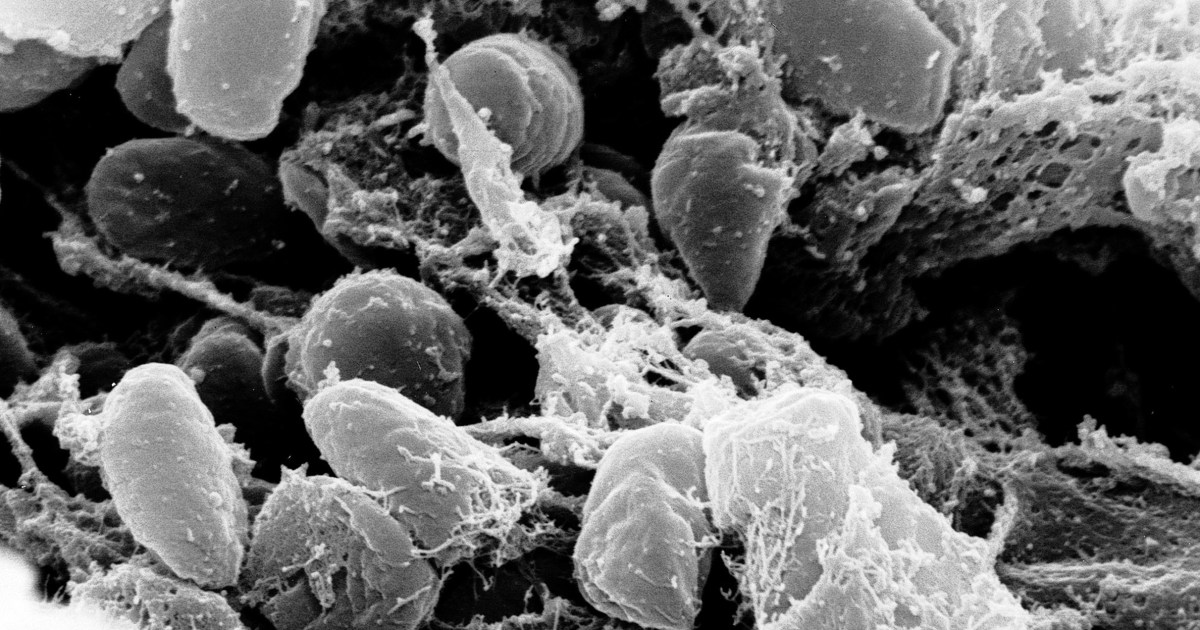The Present Danger of the Plague in California

Introduction
A California resident was recently diagnosed with the plague after camping in the Lake Tahoe area, according to health officials. While the plague may sound like a relic of the past, it is still a present danger in certain parts of the United States. In fact, the Centers for Disease Control and Prevention has reported 15 deaths from plague since 2000, with most cases occurring in western states like California.
Key Details
The plague, also known as the Black Death, is a bacterial infection spread by fleas living on infected rodents. While it is treatable with antibiotics, it can be deadly if not caught early. In the case of the California resident, it is believed that they were bitten by an infected flea while camping in the Lake Tahoe area. This serves as a reminder to take precautions when spending time in nature, such as wearing insect repellent and avoiding contact with dead animals.
Impact
While the plague may seem like a distant threat, it is still a very real concern for those living in or visiting areas where it is present. It is important for individuals to be aware of the signs and symptoms of the plague, as well as how to prevent it. Additionally, health officials in the Lake Tahoe area are taking measures to prevent the spread of the disease, such as treating the area for fleas and educating the public on how to protect themselves.
About the Organizations Mentioned
Centers for Disease Control and Prevention
The Centers for Disease Control and Prevention (CDC) is a premier U.S. public health agency established on July 1, 1946, originally as the Communicable Disease Center. It evolved from the wartime Malaria Control in War Areas program (MCWA) created during World War II to combat malaria around military bases in the southern United States[1][3][7]. Headquartered in Atlanta, Georgia, the CDC has grown from a regional malaria control unit to a comprehensive national and global health protection agency. The CDC’s mission is to protect public health and safety through disease control and prevention, health promotion, and emergency preparedness. It investigates and responds to emerging health threats such as infectious diseases—including COVID-19, influenza, and bioterrorism agents—as well as chronic diseases, injuries, workplace hazards, environmental health threats, and more[2][6]. The agency conducts scientific research via over 200 specialized laboratories nationwide, supports public health workforce development, and communicates critical health information to the public[6][5]. Throughout its history, the CDC has expanded its scope and structure significantly. It was renamed the Center for Disease Control in 1970, then the Centers for Disease Control in 1980 as it incorporated multiple centers, and finally adopted the current name, Centers for Disease Control and Prevention, in 1992 to emphasize prevention efforts while retaining the CDC acronym for recognition[2][8]. Its organizational breadth now includes centers focused on infectious diseases, chronic diseases, environmental health, injury prevention, occupational safety, and health statistics. Notable achievements include leading vaccination campaigns against diseases like measles and rubella, advancing injury prevention, and mounting global efforts against infectious outbreaks. The CDC also played a pivotal role in combating antibiotic misuse and bioterrorism preparedness. Despite past controversies like the Tuskegee syphilis study, the agency remains a leader in epidemiology and public health innovation, employing a multidisciplinary workforce of scientists, clinicians, and public health experts dedicated t




:max_bytes(150000):strip_icc():focal(749x0:751x2)/Barbara-Palvin-081725-3f47d6e9d7444156b0f4c980075e9892.jpg)



